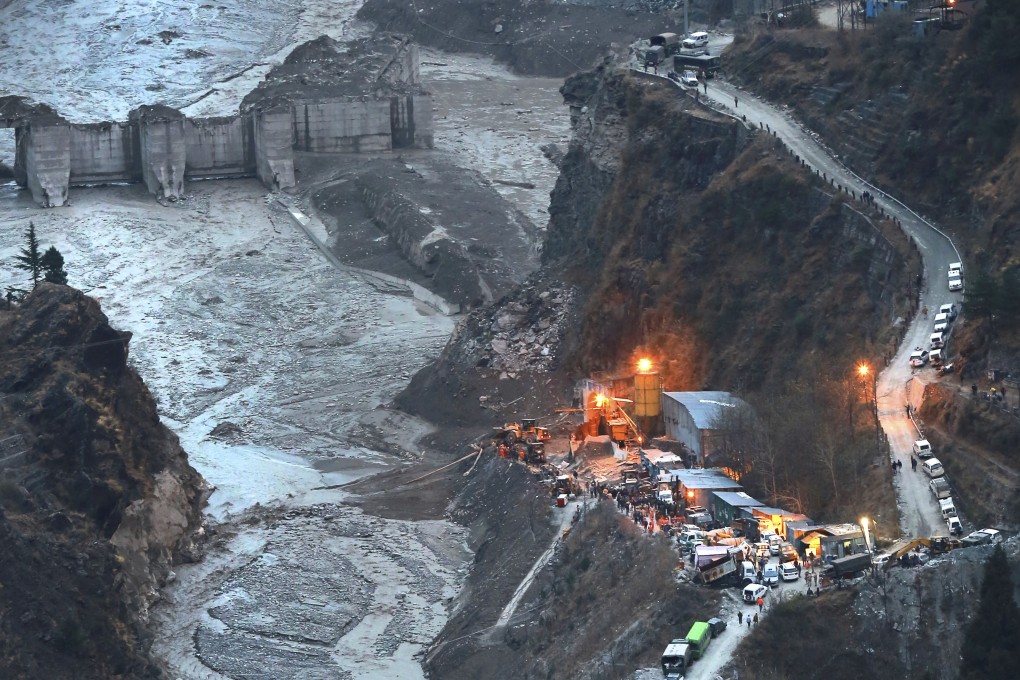Advertisement
Asian Angle | Amid China-India border row, rapid development takes a toll on Himalayan wildlife, environment
- India’s strategic focus on the border area is leading to added pressure for local communities, particularly in the northwest Himalayan region
- Sustaining defence personnel in the border region would threaten protected areas in Ladakh, one of India’s 10 vital biogeographic zones
Reading Time:4 minutes
Why you can trust SCMP
1

As India boosts its military investments and infrastructure along its disputed border with China, the rapid rate of development has raised ecological and environmental concerns for local communities and wildlife in the Himalayan region.
Advertisement
India and China’s 16th round of negotiations over their border conflict ended yet again last July without any breakthrough. Over the past two years, New Delhi has moved 50,000 troops and deployed six divisions towards the Line of Actual Control, mainly in Ladakh and Arunachal Pradesh, while the government last year increased the budget for its road construction arm – the Border Roads Organisation – by 40 per cent.
From 2021 to 2022, the organisation built 6,763km of roads, including 1,400km along the border, covering strategic tunnels and airfields, and also constructed 87 bridges.
This strategic focus on the India-China border is leading to added pressure for local communities, particularly in the northwest Himalayan region, and ignores the sensitive ecology of the Himalayas.

A recent incident involving subsidence in Joshimath, a small town in Uttarakhand, highlighted the area’s vulnerability when faced with rapid unplanned development that has displaced hundreds of people from their homes to shelters. A similar incident happened in 2021 when 72 people died in a glacial burst triggering floods.
Advertisement

Advertisement
